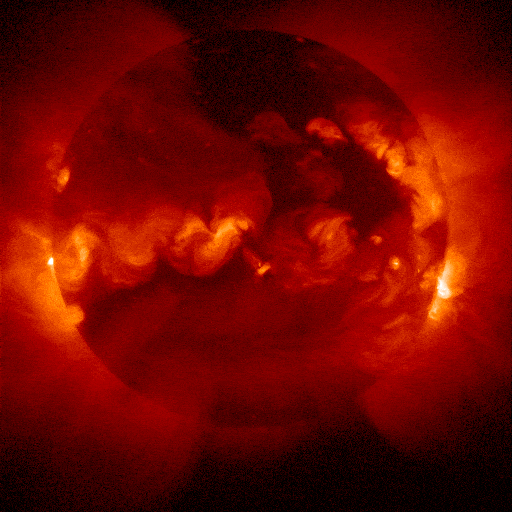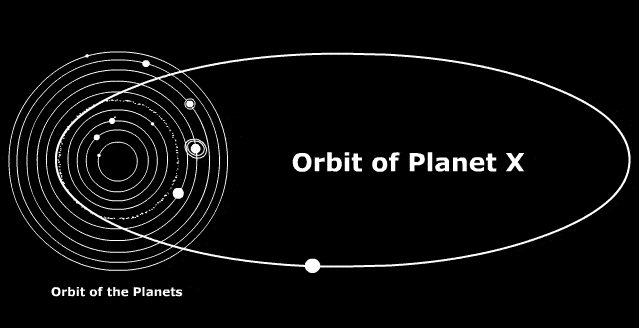In a statement wrote by NASA scientists (and I can only imagine how they felt while writing it) it is revealed that if the world is going to end in 2012, the Sun won’t be to blame.
A deadly fireball
Contrary to what doomsayers and conspiracy adepts will have you believe, the Sun simply doesn’t have enough energy to hurl a fireball big enough to significantly damage our planet.
“Most importantly, however, there simply isn’t enough energy in the sun to send a killer fireball 93 million miles to destroy Earth,” NASA officials wrote in a Nov. 10 statement.
This whole thing has been blow out of proportions by the supposed Mayan calendar, which is set to expire on December 21, 2012 marking the end of a 5,126-year epoch. This has encouraged some to come out and shout that the world will end at that data, and the whole thing was crowned by ‘2012’, which has received the honour of being ‘the most absurd science fiction movie ever‘.
The ‘Sun will kill us’ theory
Of course, one of the most discussed ‘theories’ was the one with the Sun. The star around which our planet rotates is indeed nearing the peak of its 11-year activity cycle, but this peak will occur in 2013 or 2014 – and the Sun has had quite a few of these 11 year cycles in its billion years life. Countless solar peaks have come and gone, and here we are, fine and dandy.
Still, regardless of this aspect, the Sun just doesn’t have enough energy to throw something big enough at us – for now. A few billions of years from now, things will be quite different, but until then, we’re safe.
No Elenin, PlanetX, or Nibiru either
Another reason to fear was the Nibiru planet, or PlanetX, as it was called. The only problem with this idea was that PlanetX doesn’t exist. This rogue planet, an astral angel of apocalypse, is simply a figment of imagination, according to astronomers.
“There’s no evidence whatsoever for Nibiru,” Don Yeomans, manager of the Near-Earth Object Office at NASA’s Jet Propulsion Laboratory in Pasadena, Calif., said in a recent NASA video. “There’s no planet Nibiru, there’s no Planet X, and nothing is hurtling toward us.”
But the apocalypse candidates just kept shoving in; comet Elenin was also supposed to wreak havoc on our corner of space, but as we wrote a few days ago, comet Elenin made a peaceful transition past our Earth after dwindling too close to the Sun. So there you have it folks, no deadly solar flare, no comet, no rogue planet.
“I’m not going to lay in any extra supplies — no survival gear,” Yeomans said. “I’m just going to lay in an extra supply of egg nog for the coming holiday season.”
I don’t know about you, but that egg nog sounds like a good idea to me.











